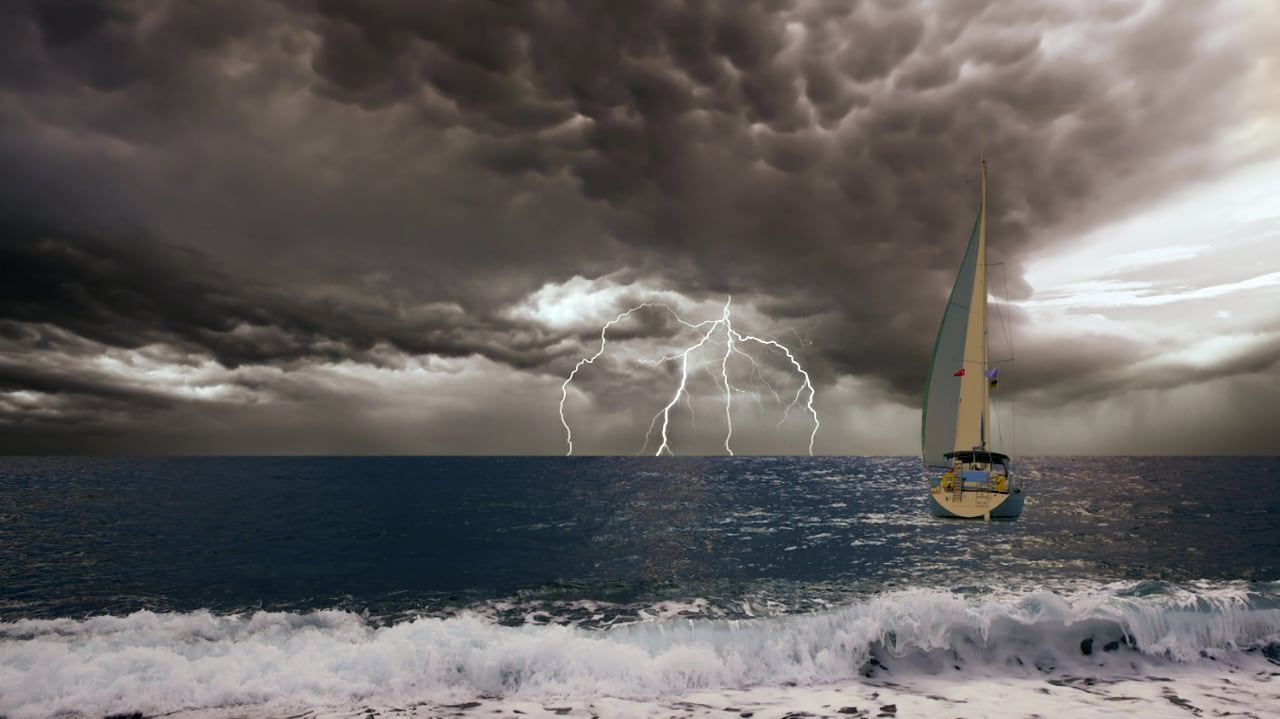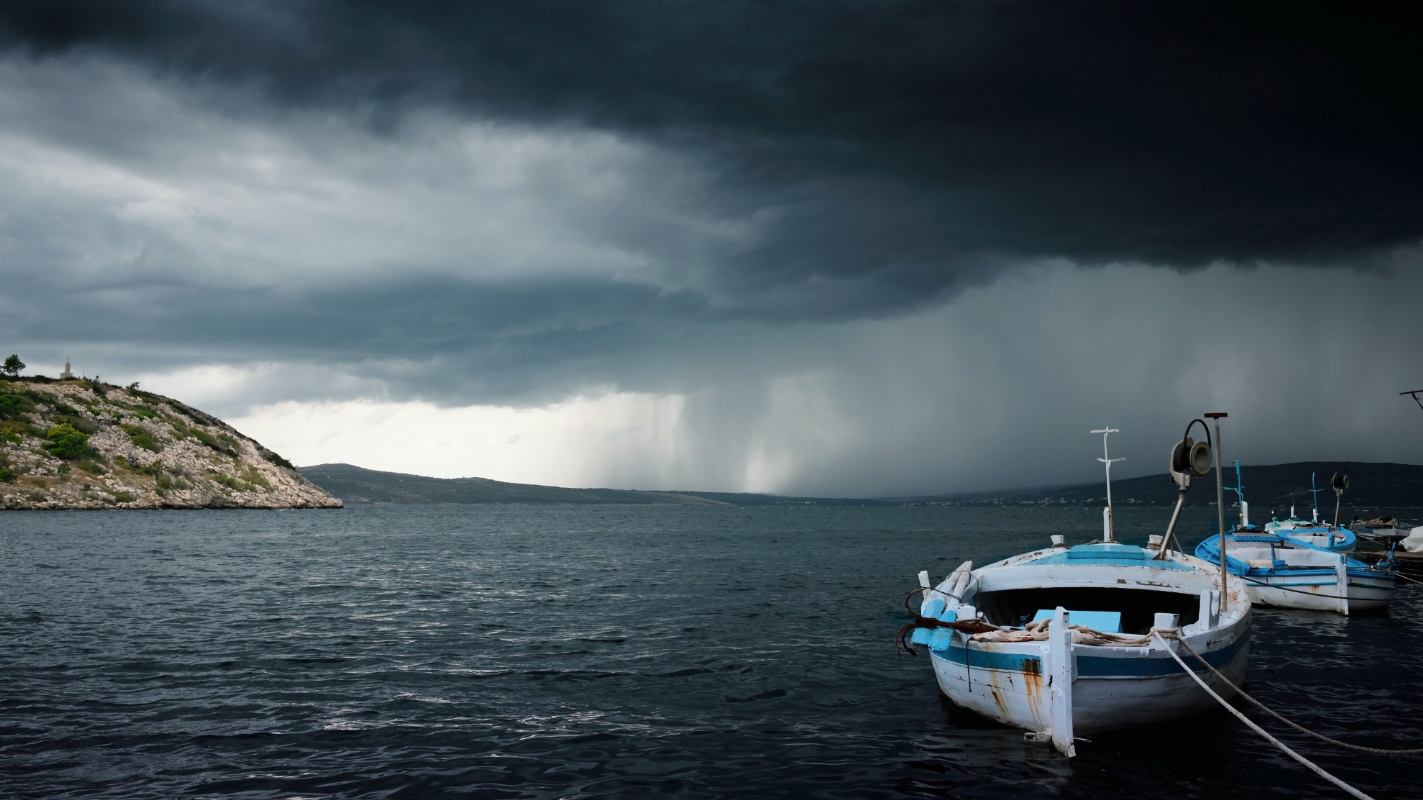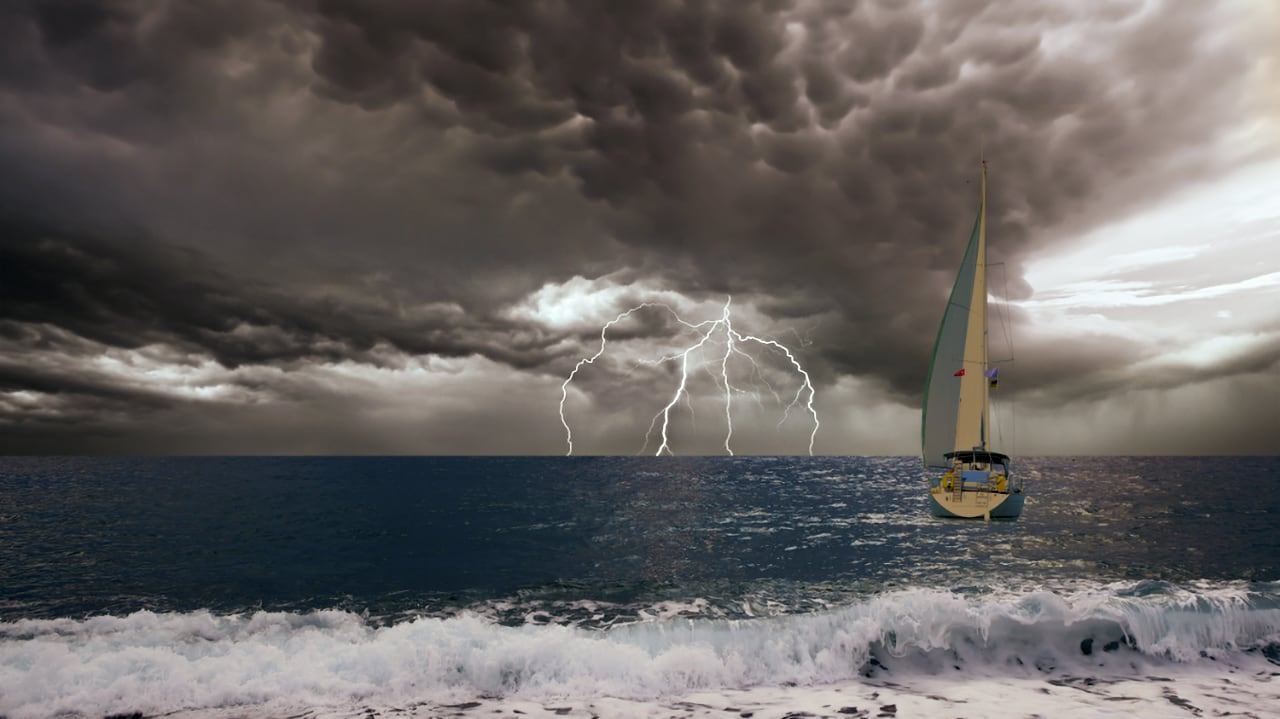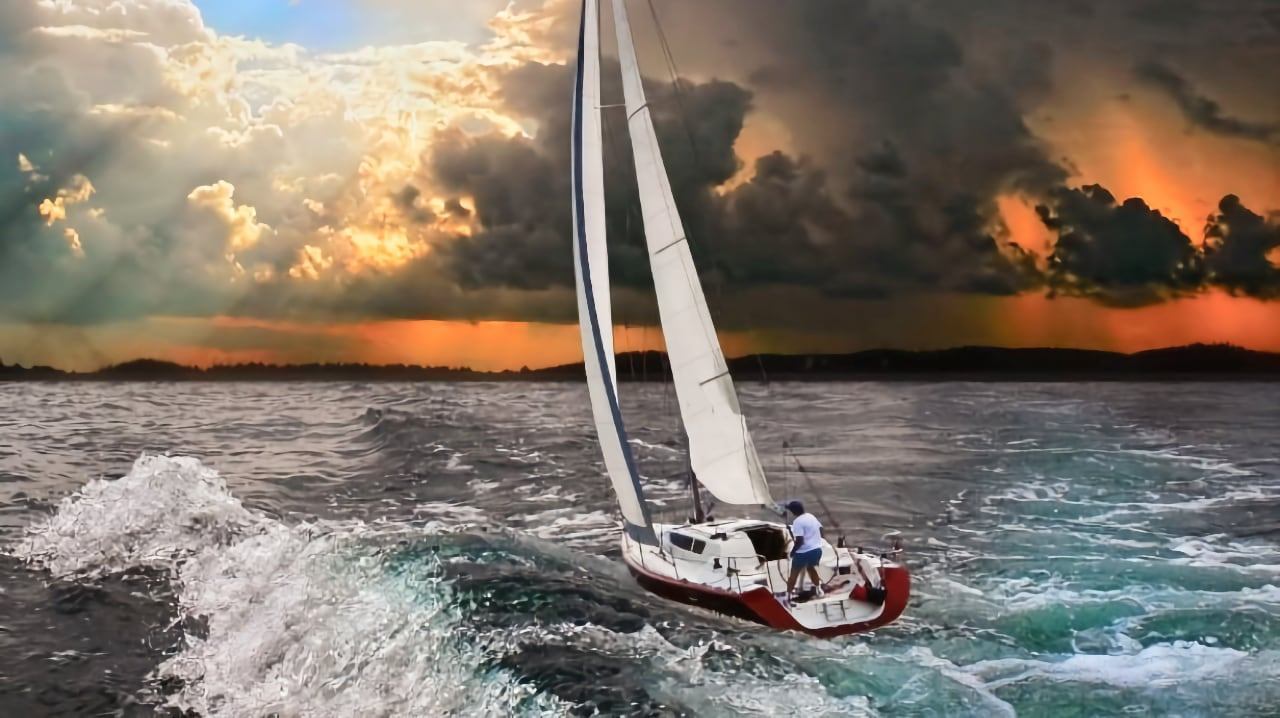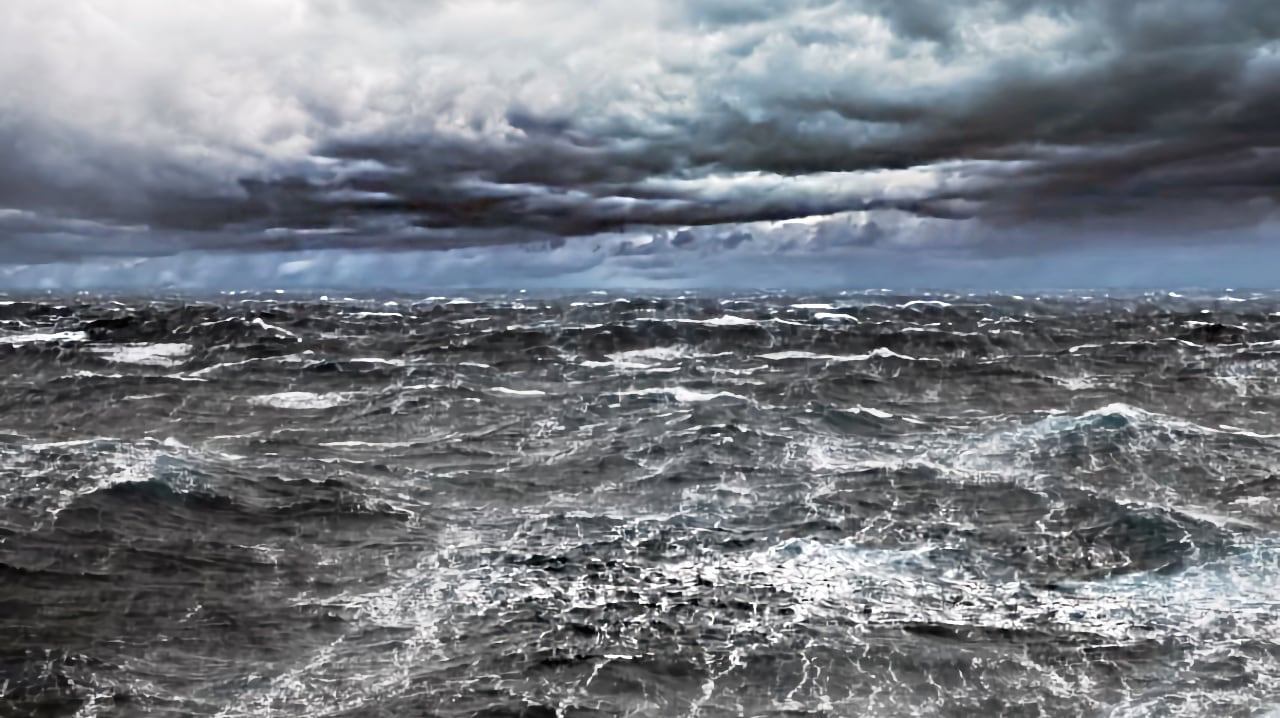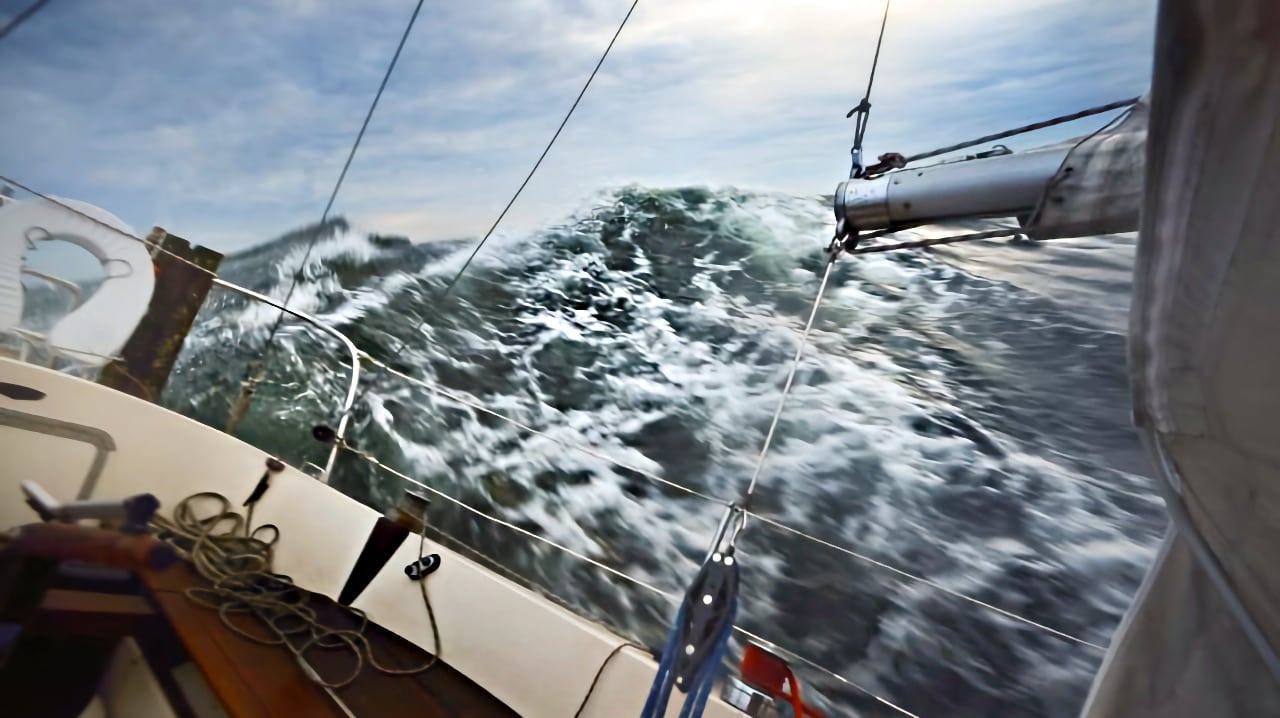Safety Tips By EmergenSea
Although you consider yourself to be experienced skipper who performs its duties conscientiously, it may still happen that you find yourself in the middle of the open sea, and on the horizon you see the arrival of storm (neverin).
Such phenomena have been happening since the time of navigation, so they are still happening today. In the weather forecast, such phenomena are marked as "Possible local storms".
Such storms move up to speed of 35 knots, so if you are not faster than that, then you have no choice but to confront the oncoming storm.
Seemingly, these phenomena come from nowhere, the wind stops, the sea begins to ripple, thick clouds cover you and the pressure suddenly drops. If you have just noticed these phenomena, then know that you have 10-15 minutes to get ready for the clash. Many experienced skippers have found themselves in such situations several times during their career, and for those who haven't, it's important to know what to do! Here is the procedure, so we recommend that you follow the instructions that we bring to you!
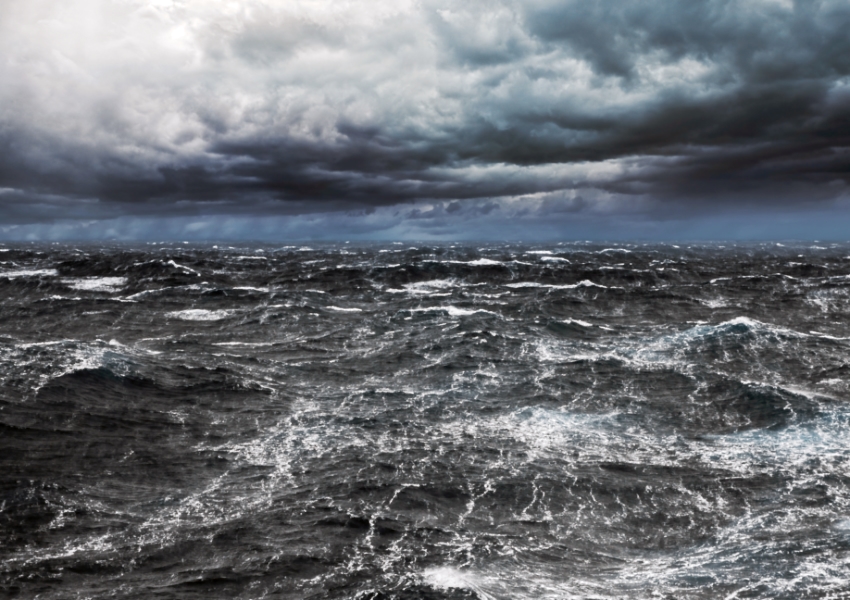
- In this situation, everyone will expect calmness and sensible reactions from the skipper! Whether you are a professional or just realized that this is your job now, do your best to make the rest of the crew, passengers or your family feel that you know what you are doing.
- Determine what speed and where the storm is coming from in order to prepare to continue sailing on the open sea and fight against strong wind and rain.
- Appoint one crew member as your assistant and order everyone to put on their life-jackets and take shelter in the cabin or on the seats at the stern if you are on a vessel without a cabin.
- You and your assistant put on raincoats and boat shoes if you have them, and be sure to put on (automatic) seat belts.
- The crew in the lower deck should put away (or tie down) everything that is not fixed. Close windows and doors in the lower deck. Put all unnecessary things away so they don't cause problems when the rolling and stumbling starts.
- All things should be collected on the deck (ropes should be thrown into storage so that they do not get under the propeller) for clear passage in case of need.
- On a sailboat, all sails must be gathered and possibly leave a sprayhood that will be the only one to withstand the gusts of wind and help you withstand the gusts of wind and rain that will fall into your eyes.
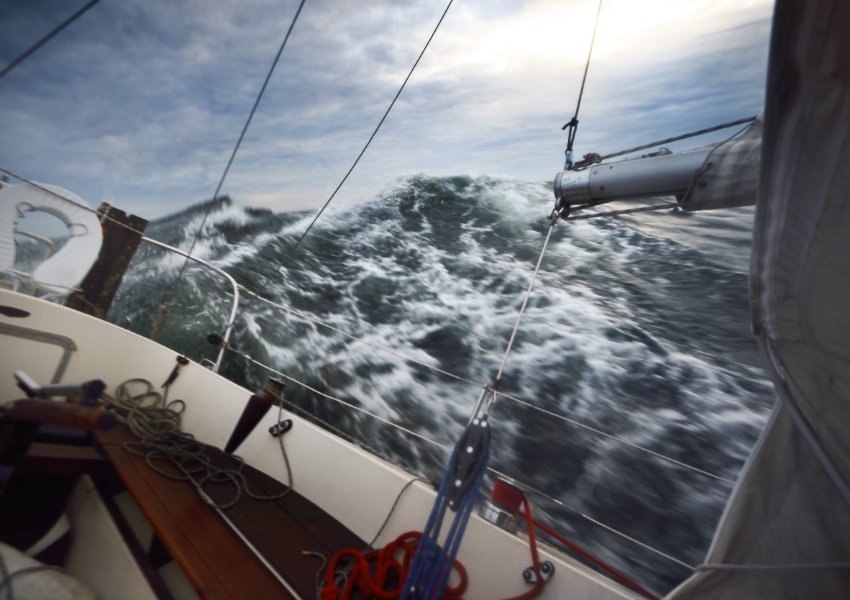
- The most important thing is to keep the bow in the wind direction and to move at the minimum speed that allows the ship to be steered. In any case, do not try to break through the storm at high speeds! During the storm and especially the wind gusts stick to the wind indicator or keep the bow visually persistent in the direction from which the wind is coming!
- Cut the waves as much as possible at right angles. If you can't keep your eyes open, then you are left to navigate according the instruments.
These storms are usually very violent, but as a rule they last at most 10 to 15 minutes. After that, the wind drops and a little wave remains. Work out the option of a safe and nearest mooring or sheltered anchorage if there is some wind until everything calms down.
If you are caught at anchor by a neverin, you need to start the engine and ease the pressure on the buoy by gently pointing the boat in the direction of the wind.
Take these instructions seriously and learn them by heart if you need to, because if you sail often, there is a high probability that you will meet with an unexpected surprise!
Your EMERGENSEA Team


